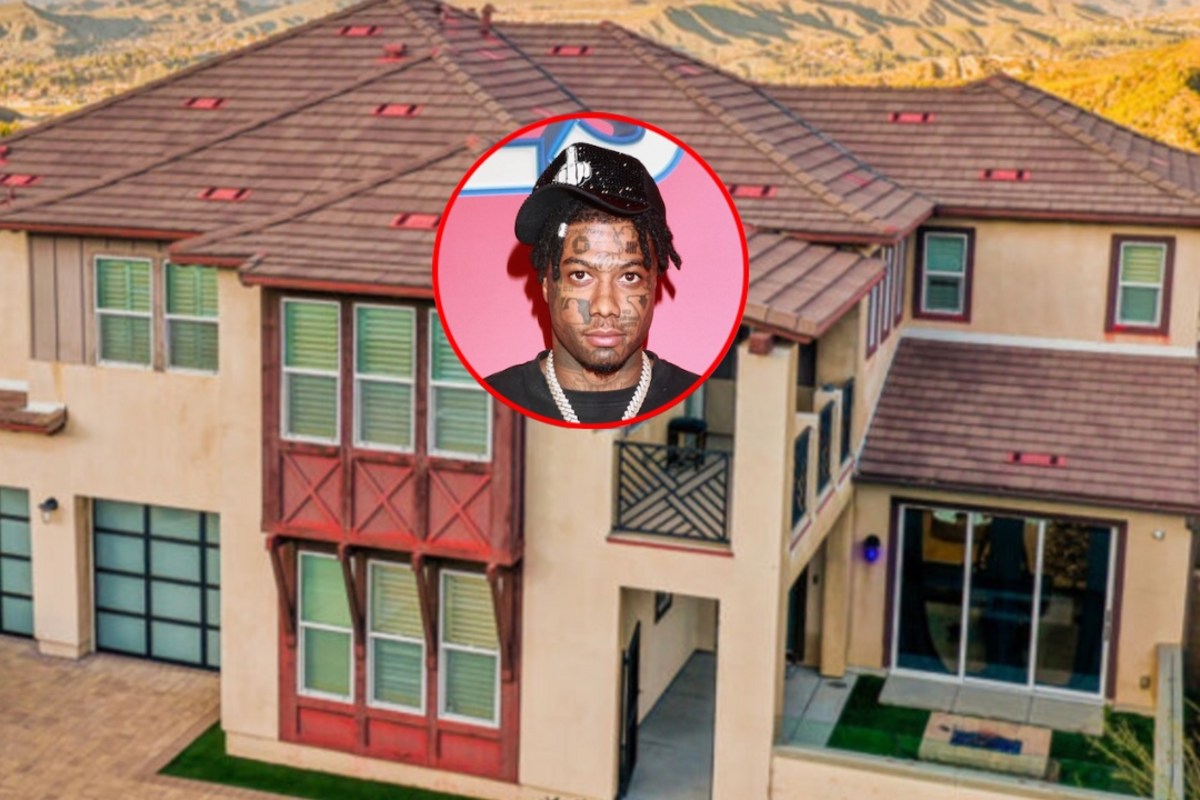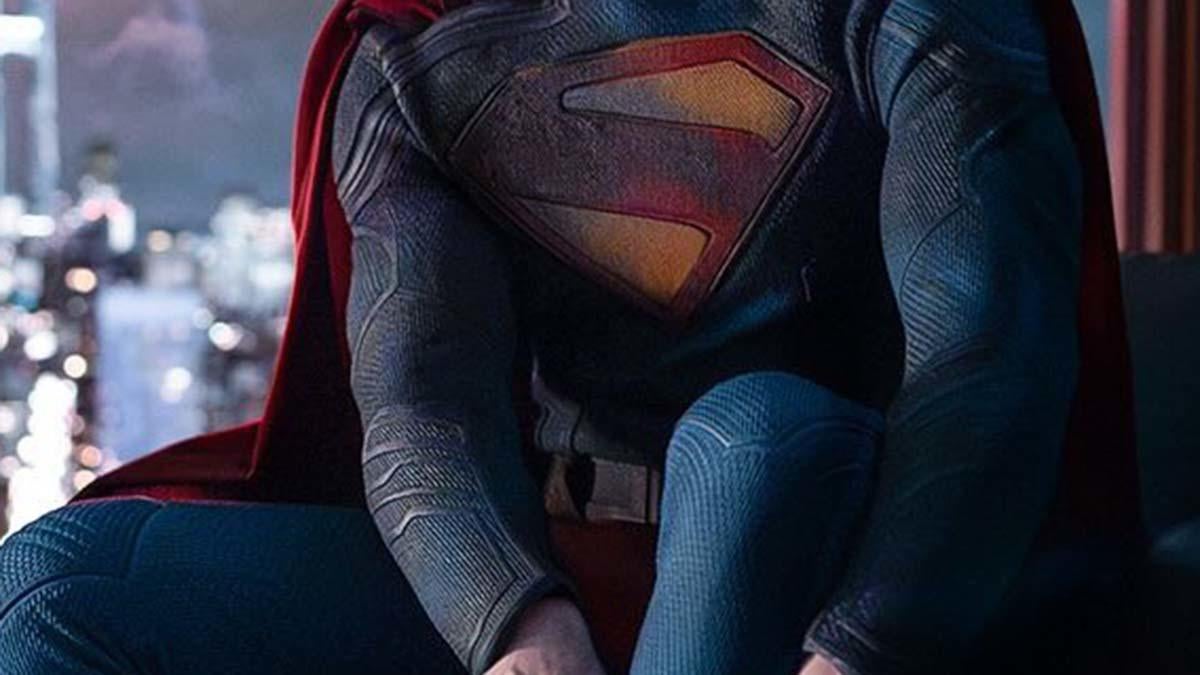Welcome to Generation AP, a spotlight on emerging actors, writers, and creatives who are on the verge of taking over.
The way Josh Zoerner puts it, there are two kinds of bootleggers. There are those who create original designs — a la Shakedown Street — and there are those who reprint an iconic, preexisting design. Zoerner, as the owner of Night Gallery, a NYC-based art and design practice, falls under the former’s umbrella. Breaking down the interpretation and goals of traditional “branding,” Zoerner’s focus is on storytelling above all else.
Read more: Shy Snider’s Havoc makes provocative, “anti-fashion” band merch
Whether it’s in the form of tongue-in-cheek apparel like the Leonard Cohen tee featuring the Nike Swoosh and the lyric “His faith was strong,” an eclectic, goth-leaning playlist, or an interview with Night Gallery customer Davey Havok, discussing the wooden spoon his grandmother stirred spaghetti with — the throughline always comes back to the power of “recontextualization” and creative passion. Neither formal nor informal style, Zoerner’s work is about the cultural experience as it relates to personal evolution, something that surely any music fan will intrinsically relate to. In conversation with Bandsplain host Yasi Salek, Zoerner digs into the deeper meaning of the band tee, his love of AFI, and the unexpected viral moment that led to Night Gallery’s formation, and the unparalleled bootlegs that have come out of it since.

YASI SALEK: OK Josh, how are you, babe?
JOSH ZOERNER: Good. It’s so funny to be on the other side of the babe.
SALEK: Well, you’ve been on one side of the babe, which is simply listening to the podcast, but now you are the babe in question.
ZOERNER: True. It’s a real privilege.
SALEK: My first question: What was your favorite band in the eighth grade?
ZOERNER: It was definitely AFI. I think it was Sing the Sorrow, and then I worked backwards from there. I begged my mom to get me Art of Drowning and then everything before. It was actually a strange way to digest AFI as an eighth grader. I was like, “Oh, it’s not goth anymore.”
SALEK: You got back to Answer That and Stay Fashionable. Famously Yasi’s favorite AFI album. You’re from the Chicago area?
ZOERNER: Yeah, I’m from northwest Indiana, and I ping-ponged around a lot growing up. So I was in southern Michigan a lot, and then I was in Chicago and in northwest Indiana, so I was always moving around. I had family in all places, and we were just a really active family growing up, so I was a very transient kid.
SALEK: How did you find AFI in northwestern Indiana?
ZOERNER: I feel like it was on MTV. I think I saw “The Leaving Song, Part II” video or “Silver and Cold,” and I was like, “Yo, what is this band?” My mom raised me on Metallica, Madonna, and Prince. So I had an interest in more glamorous performers and big personalities, but none of them were terribly dark in the way that Davey Havok came off at the time. He had long black hair and all of that, and I was like, “That’s sick. I want to dig into that.” That was my big foray into punk and goth. And that’s also how I found the Cure.

SALEK: That’s cool. What did you want to be when you grew up when you were in the eighth grade? I’m very interested in the eighth grade for some reason. Pivotal.
ZOERNER: I wasn’t sure. I knew I wanted to do something artistic and creative, but I didn’t know what that was like, because no one in my family was like that. I come from a super blue-collar union family. They’re all auto workers, in the military, postal workers. I was drawing a lot and reading a ton of books, and my family was always very encouraging of it, but none of them did that. I kind of knew you couldn’t be an artist growing up, but I also was like, “Maybe you can.” So I just kept making stuff.
SALEK: Did you go to art school?
ZOERNER: No, actually I just went to a classic Big 10 college. I majored in communications management and design. So my design experience was building sets for TV shows or movies. I didn’t have any graphic design training until five years ago. During the pandemic, my ex at the time was a designer, and she encouraged me. “You have the eye for this stuff. You have art-directed projects. You run a gallery. You know what looks good. You just need to know the bread and butter.” She taught me a ton of stuff, and I owe a huge amount of my skill to her. Then it was just developing my style over time that really brought the whole thing together.

SALEK: Do you remember the first band T-shirt that you got your hands on?
ZOERNER: I got a Slipknot shirt and a Deftones shirt from FYE in the mall. One thing I really loved about T-shirts, especially as a mall kid growing up, was going into Hot Topic and just seeing the wall. As a kid, I remember walking past Hot Topic and being like, “Shit, that place is scary.” It’s got chains, and it looked like the gates of hell. Then as they started to put up band shirts, I would go in and look at the wall and be like, “I wonder if I could draw like that… I wonder what that band sounds like.” As Limewire and Napster were emerging, I would go home and get on there and get viruses on the computer, but also get three songs and then be like, “Oh shit, this is cool. This is something I can dial into.” So I was always digging for stuff. I still am.
SALEK: Same, babe. I feel like Hot Topic was really seminal to many people’s educations. So five years ago, thanks to an ex-girlfriend, you learned to do graphic design. What made you want to start making T-shirts?
ZOERNER: I’ve been going to shows for my whole life, and throwing shows, booking shows. My whole life was rooted in music, and I love buying band shirts, but so many shirts that I would see at shows, I’d be like, “Well, that’s not really what this band is about.” It would be an Etsy cat drawing on this cool punk-rock band’s merch, and I’d be like, “I think I can do something more interesting.” So when I started Night Gallery, I just wanted to design what I would wear, but also what I think that band means to me and maybe to other people… I never really planned to mass market Night Gallery. It just happened, and then it kept going. I was always designing for me.

SALEK: What was the first Night Gallery shirt you made?
ZOERNER: The Oasis shirt. That shirt actually has a funny history because it was originally made by a very small, now-defunct Tokyo brand. I don’t even remember the name of it, but I saw Kendrick Lamar wearing it in a photo and was like, “That’s a sick shirt. Where did it come from?” And it was this tiny Japanese brand. Well, they look like they’re done, so I’m just going to remake it, and then I’m going to sell 20 of them or whatever. So when we started, we decided to put up that Oasis shirt, but donate all of the profits from the shirt to the GoFundMe of Elijah McClain… It went viral through that podcast Throwing Fits, and we ended up selling 200 shirts in a week.
Elijah McClain’s mom called me one morning, and she was like, “What are you doing? Are you printing shirts with my son on them?” And I was like, “My God, no.” She was like, “So what’s the deal? Can you explain this?” I said, “We’re just making these shirts. We were really affected by your son’s story, so we’re going to donate all of the profits to you. Please don’t sue me.” And she was like, “Let me call my lawyer.” She called me back and was like, “Oh no, it’s totally cool. Thank you so much, and can you send me 10 of these shirts for his brothers and sisters and me?” So that was my first foray into making a shirt and posting it online for mass consumption.
SALEK: A bit more of an intense experience than you anticipated.
ZOERNER: Yeah, it got pretty serious pretty fast.
SALEK: The thing I like about your shirts is that you clearly research the iconography associated with whatever it is you’re doing and then try to incorporate that, but your own take on it.
ZOERNER: I have a lot of respect for the subjects I’m designing. I really revere these people. I took a long time to do a Sinead O’Connor shirt… I don’t want to rush things just for the sake of money or whatever. It’s not like this project even makes that much money. But it has to be good. I don’t ever want to put out something that doesn’t add to their lore or explain something that people didn’t know about the subject that makes them interesting and cool.

SALEK: Do you have a personal archive of actual band shirts? What’s your No. 1 most prized vintage shirt?
ZOERNER: I’m a very big Cradle of Filth fan. At a young age, I was just like, “This band is fucking crazy.” And their shirts were crazy, too. My mom would never let me buy them. So there was a year I spent just being like, “Oh, I made a little bit of money on Night Gallery. I’m going to buy a vintage Cradle of Filth shirt that’s two sizes too big.” I think there are probably $4,000 [worth] of Cradle of Filth shirts just sitting at my mom’s house. I feel very ashamed about it but very proud of it, too.
SALEK: That’s absolutely relatable. When I think about how much my T-shirt drawers are worth, I get very happy and also very sad. I feel like you’re doing something really cool, and I’m legally not allowed to get any more shirts from you because I don’t have any more room, but I’m sure that I’m going to break that vow with the next drop.
ZOERNER: Yeah, I keep making stuff.
SALEK: You keep making stuff, and I only have so many drawers.
Night Gallery appears in our Spring 2024 Issue with cover stars Liam Gallagher/John Squire, Kevin Abstract, the Marías, and Palaye Royale. Head to the AP Shop to grab a copy.







